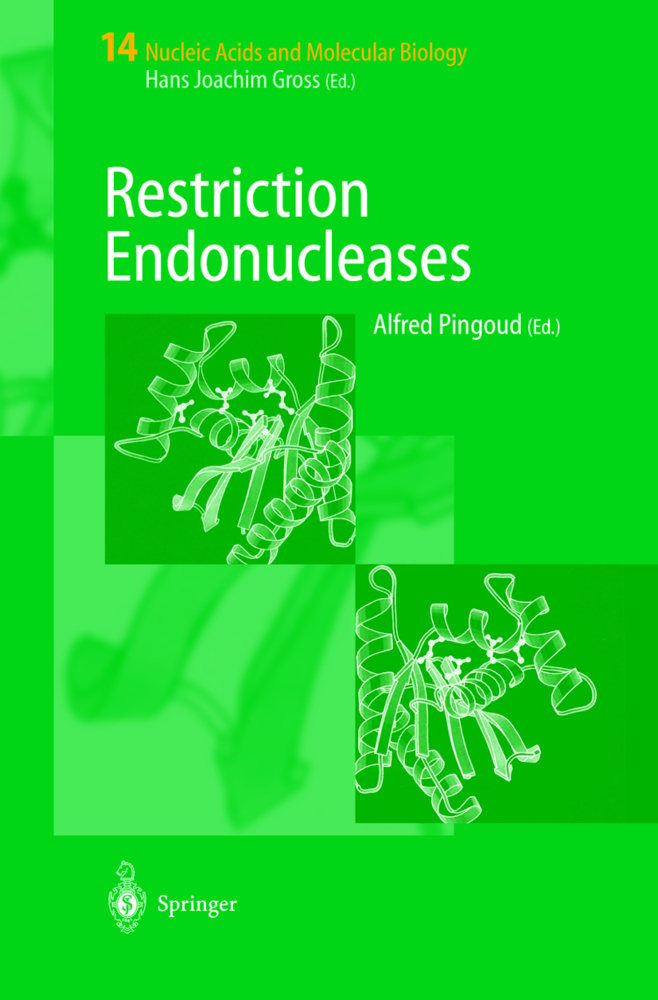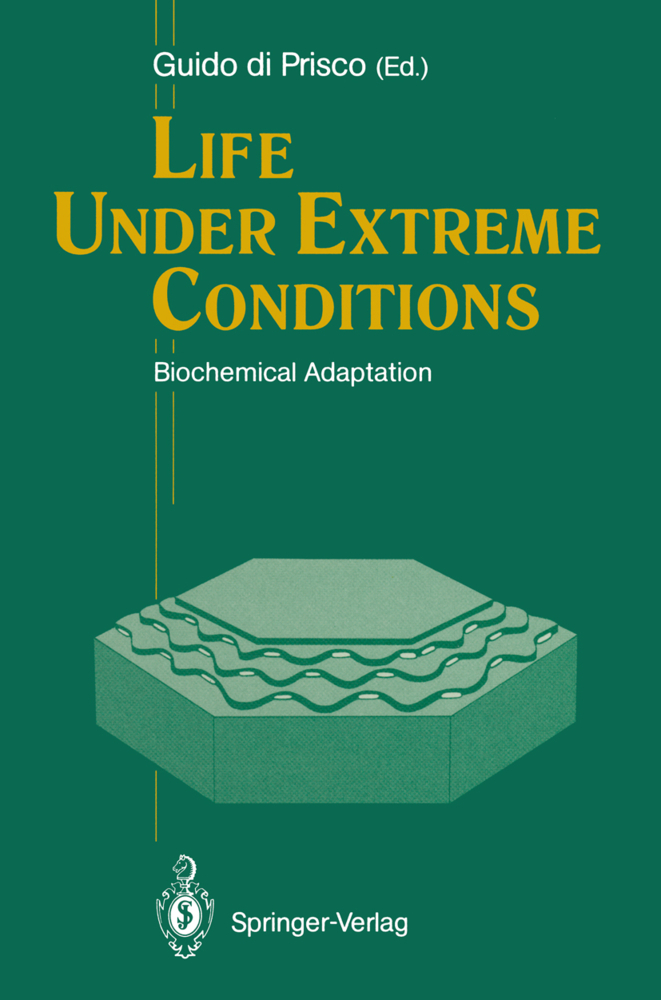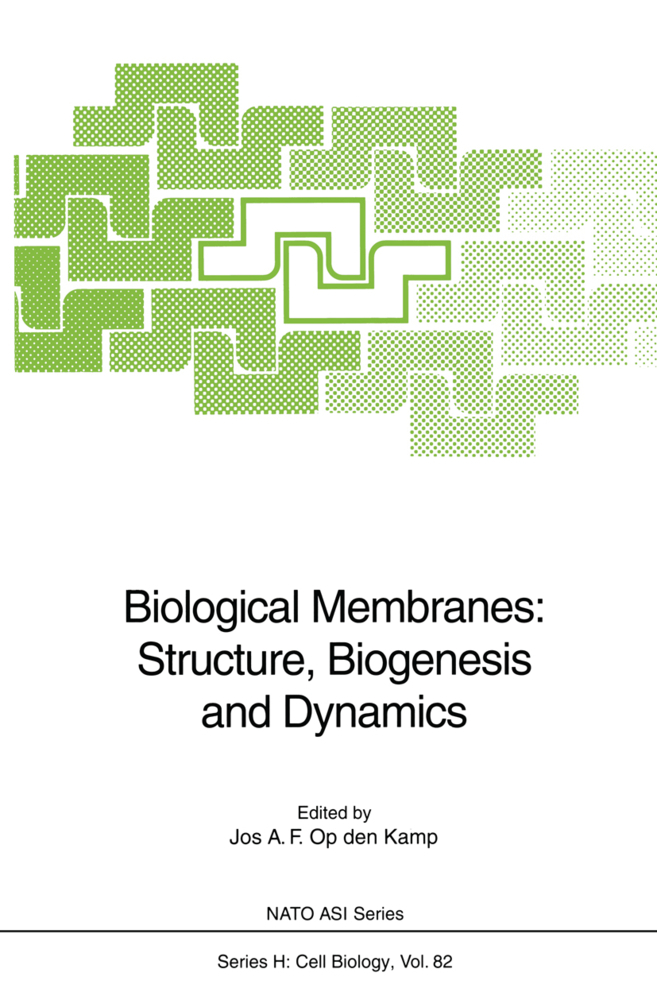Molecular and Cellular Enzymology
Molecular and Cellular Enzymology
Proteins constitute the working-class molecules of the cell. Hence, understanding the way they act is a prerequisite for understanding how a cell functions and how life evolves. Aspects such as the protein-ligand relationship, recognition, protein evolution by point mutation, enzyme-substrate interactions, behaviour of an enzyme in a living cell, control and dynamics of enzyme networks as well as the physico-chemical background of enzyme actions and multi-enzyme complexes are comprehensively treated in this volume.
2. Flows and forces, diffusion, partition of mobile ions by charged matrices
3. Compartmentalization of enzyme reactions and the energy metabolism of the cell
4. Coupling between reactant diffusion and bound enzyme reaction rate
5. Electric partitioning of ions and reaction rate of bound enzyme systems
6. An example of enzyme behaviour in organized biological systems: the dynamics of enzymes bound to plant cell walls
7. Control and dynamics of enzyme networks
8. Control of multi-enzyme complexes
9. General Conclusions
References
Microbial and Genetic Approaches to the Study of Structure-Function Relationships of Proteins
1. Introduction
2. Protein-ligand and protein-substrate interactions
3. Protein evolution by point mutation
4. Protein evolution by rearrangements of combinatorial domains
5. Conclusion and perspectives
References
Recent Progress in Studies of Enzymatic Systems in Living Cells
1. Introduction: Why study the behaviour of enzymes in single living cells?
2. Tools available for studying the behavior of enzymes in single living cells
3. What next?
4. General conclusion
References.
Dynamics of Enzyme Reactions and Metabolic Networks in Living Cells. A Physico-Chemical Approach
1. Introduction2. Flows and forces, diffusion, partition of mobile ions by charged matrices
3. Compartmentalization of enzyme reactions and the energy metabolism of the cell
4. Coupling between reactant diffusion and bound enzyme reaction rate
5. Electric partitioning of ions and reaction rate of bound enzyme systems
6. An example of enzyme behaviour in organized biological systems: the dynamics of enzymes bound to plant cell walls
7. Control and dynamics of enzyme networks
8. Control of multi-enzyme complexes
9. General Conclusions
References
Microbial and Genetic Approaches to the Study of Structure-Function Relationships of Proteins
1. Introduction
2. Protein-ligand and protein-substrate interactions
3. Protein evolution by point mutation
4. Protein evolution by rearrangements of combinatorial domains
5. Conclusion and perspectives
References
Recent Progress in Studies of Enzymatic Systems in Living Cells
1. Introduction: Why study the behaviour of enzymes in single living cells?
2. Tools available for studying the behavior of enzymes in single living cells
3. What next?
4. General conclusion
References.
Jeanteur, Philippe
| ISBN | 978-3-642-78583-2 |
|---|---|
| Artikelnummer | 9783642785832 |
| Medientyp | Buch |
| Copyrightjahr | 2012 |
| Verlag | Springer, Berlin |
| Umfang | X, 150 Seiten |
| Abbildungen | X, 150 p. |
| Sprache | Englisch |











